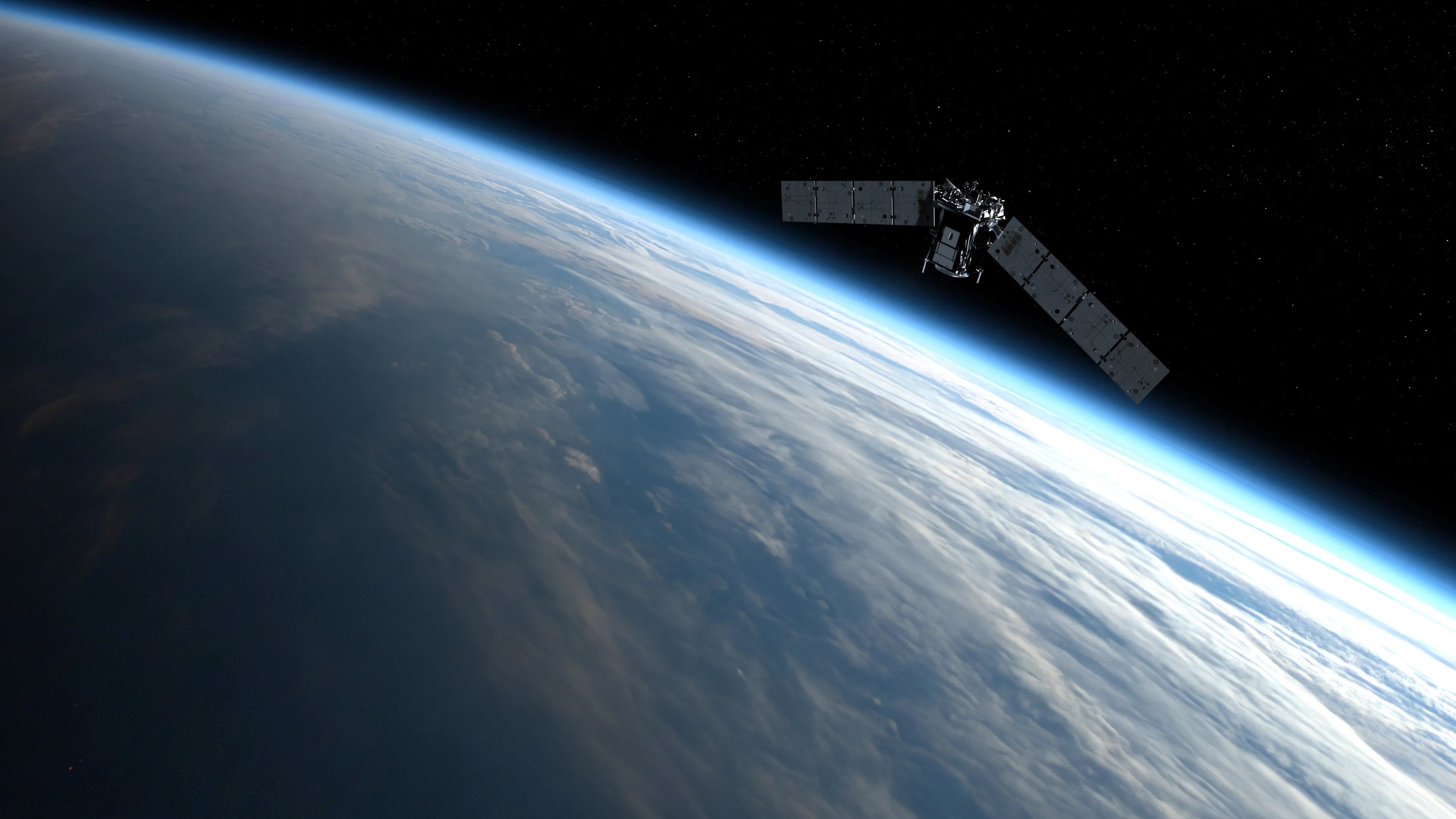Nasa spacecraft almost smashes into Russian satellite in near-disaster
Space agency and US Department of Defense had been monitoring event that could have led to ‘significant debris generation’

A Nasaspacecraft almost smashed into a Russian satellite, narrowly missing a disastrous collision, the space agency has said.
Overnight, Nasa had released an urgent alert, warning that it and the US Department of Defense were monitoring a “potential collision”. While it noted they were “expected to miss each other”, it warned that “a collision could result in significant debris generation”.
The Nasa spacecraft involved was its Thermosphere Ionosphere Mesosphere Energetics and Dynamics Mission, or TIMED. That is a spacecraft launched in 2001, and it has been in orbit since.
It studies how the Sun and humans are changing the “least explored and understood region of Earth’s atmosphere – the mesosphere and lower thermosphere / ionosphere”. That is the part of the atmosphere where the Sun’s energy first arrives in the Earth’s environemnt.
It was in danger of colliding with Cosmos 2221, an unused Russian satellite that was launched in 1992.
Hours after it released that alert, Nasa said the two had safely passed each other.
“While the two non-maneuverable satellites will approach each other again, this was their closest pass in the current predicted orbit determinations, as they are gradually moving apart in altitude,” it wrote in an update.
Leolabs, a space data company that tracks objects in orbit, described the event as “too close for comfort”. The two had missed each other by less than 20 meters, it said.
“This event is notable because it is rare,” it wrote on Twitter, saying there had been only six similar events in the last two years. The crash could have throw up to 7,000 fragments out into space, potentially increasing the amount of debris in low-Earth orbit by 50 per cent.
That debris could potentially have crashed into other satellites but also have endangered human spaceflight, it said.
Experts have repeatedly warned of the danger posed by the large amount of satellites and other material in space, much of which is “space junk”. Some fear that it could eventually make it difficult or impossible to get into space.
Join our commenting forum
Join thought-provoking conversations, follow other Independent readers and see their replies
Comments